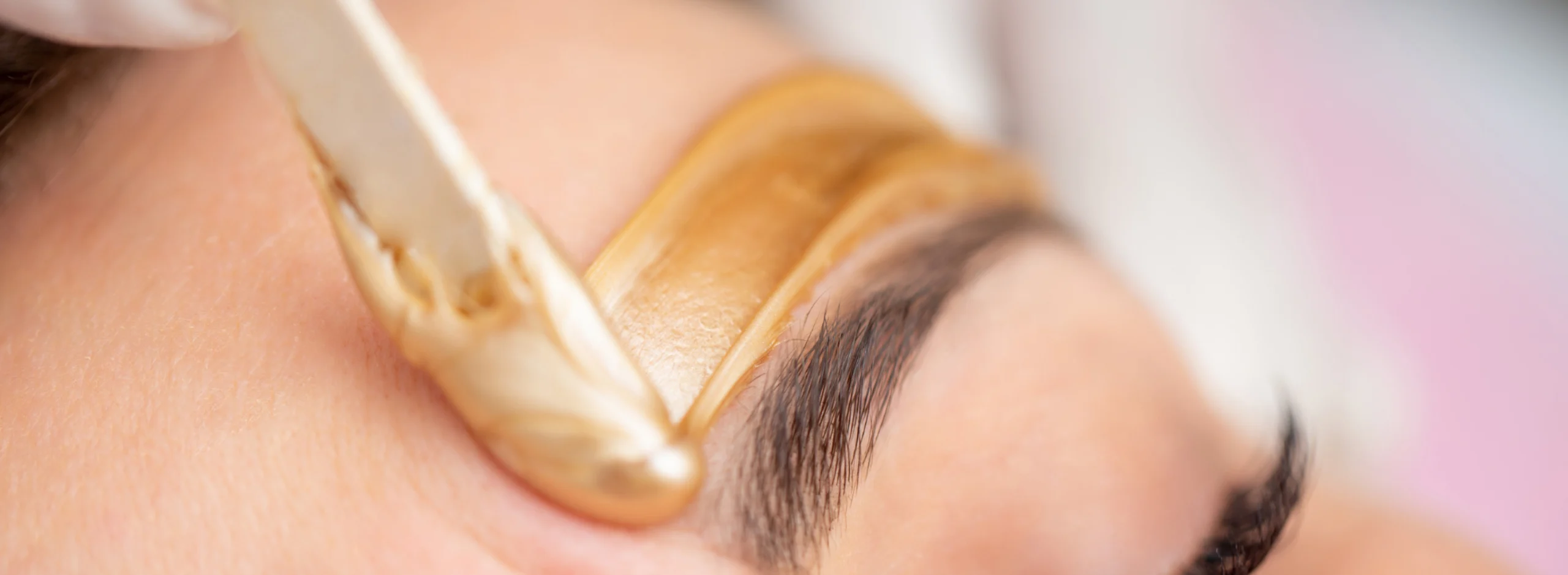FREE SHIPPING on orders over $400!
FREE SHIPPING on orders over $400!
FREE SHIPPING on orders over $400!
FREE SHIPPING on orders over $400!

Facial waxing is one of the most effective methods for removing unwanted hair, offering longer-lasting smoothness compared to shaving or depilatory creams. This technique involves applying a specialized wax to the skin, allowing it to adhere to the hair before being quickly removed. Unlike at-home methods, professional waxing services ensure precision, hygiene, and minimal discomfort.
Many individuals have concerns about facial waxing, particularly regarding pain, skin irritation, and potential side effects. However, with the right preparation, technique, and aftercare, these risks are significantly reduced. This guide will cover everything you need to know, including the best areas for face waxing, preparation tips, the professional waxing process, aftercare, potential risks, and expert recommendations for achieving the best results.
Facial waxing can be used to remove hair from various parts of the face, ensuring a smooth and well-defined appearance. The most common areas include:
Each of these areas requires precision and skill to avoid unnecessary irritation. Professionals use different techniques depending on hair texture and skin sensitivity.
Proper preparation ensures the best results and minimizes discomfort. Estheticians follow essential steps before performing a waxing facial hair treatment.
For effective removal, hair should be approximately 1/4 inch long. If the hair is too short, the wax may not grip properly, resulting in incomplete removal. If too long, trimming is recommended to reduce discomfort.
The skin should be clean, dry, and free of oils or lotions before waxing. Professionals may apply a pre-wax cleanser to remove impurities and ensure better adhesion. Exfoliating the skin a day before treatment helps prevent ingrown hairs but should be avoided immediately before waxing to prevent sensitivity.
While professional waxing is generally tolerable, clients with low pain thresholds may benefit from numbing creams or taking an over-the-counter pain reliever before the session. Applying a light layer of talc-free powder can also reduce friction and enhance comfort.
Proper preparation plays a crucial role in achieving smooth results and minimizing irritation. Skipping these steps can lead to uneven hair removal and increased sensitivity.
A professional esthetician follows a careful step-by-step process to ensure efficient hair removal while minimizing discomfort and irritation.
By following this structured approach, professionals ensure a thorough yet gentle waxing experience.

Post-waxing care is essential to maintain smooth, irritation-free skin and extend the benefits of facial waxing treatments.
After waxing, the skin may appear slightly red or sensitive. Clients should avoid touching the area excessively and refrain from using harsh skincare products for at least 24 hours. Applying a professional post-waxing lotion helps soothe the skin and prevent inflammation.
To prolong results, clients should exfoliate gently a few days after waxing to prevent ingrown hairs. Moisturizing the skin daily keeps it soft and reduces irritation. Regular waxing appointments every 3–4 weeks ensure consistent results and finer regrowth over time.
Following these aftercare steps ensures that the waxed face remains clear, smooth, and free from unwanted side effects.
While professional facial waxing is generally safe, certain risks may arise if proper precautions are not taken.
Understanding these potential side effects helps clients make informed decisions and follow the best care practices.
For optimal results, professionals follow key techniques and product recommendations.
Soft wax is ideal for removing fine hair, while hard wax is preferred for sensitive areas such as the eyebrows and upper lip. Knowing how to use hard wax for face ensures a more comfortable experience for clients.
Applying wax in thin layers and removing it swiftly reduces discomfort. Professionals also ensure the skin is taut during hair removal to prevent bruising or excessive irritation.
By selecting high-quality waxing products and using expert techniques, estheticians can deliver smooth, long-lasting results.
Facial waxing is a highly effective and professional method for achieving smooth, hair-free skin. When performed by a trained specialist, it offers precise results with minimal discomfort. Proper preparation, understanding of the waxing process, and appropriate aftercare all contribute to a positive experience. By addressing concerns such as pain management and potential risks, individuals can confidently enjoy the benefits of facial waxing. With the right products and expert application, achieving flawless skin is not only possible but also a preferred choice for long-term hair removal.


